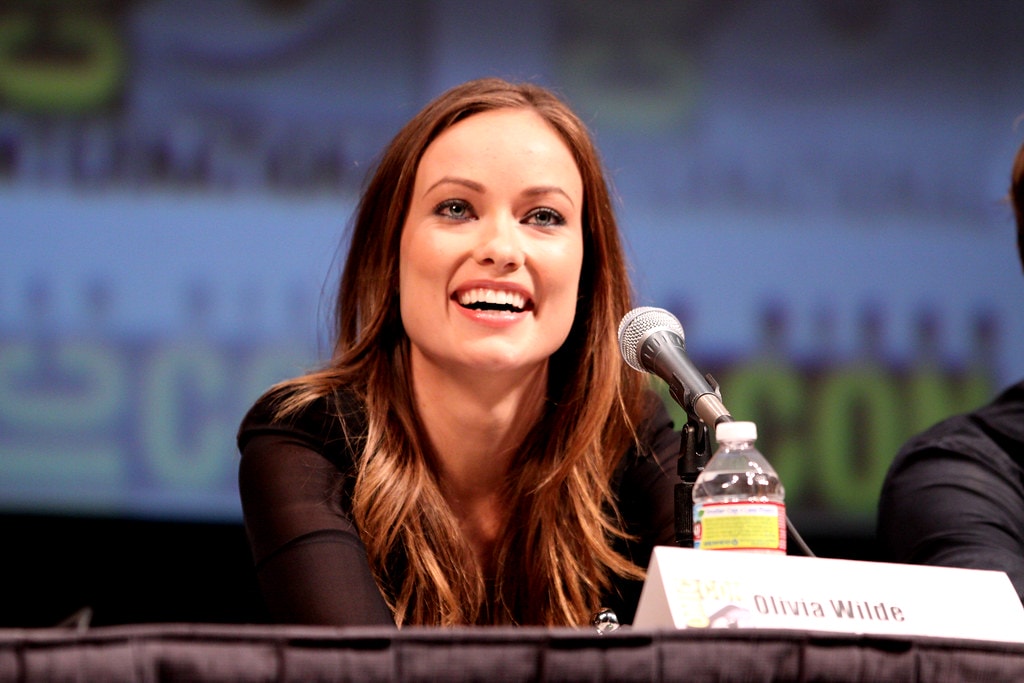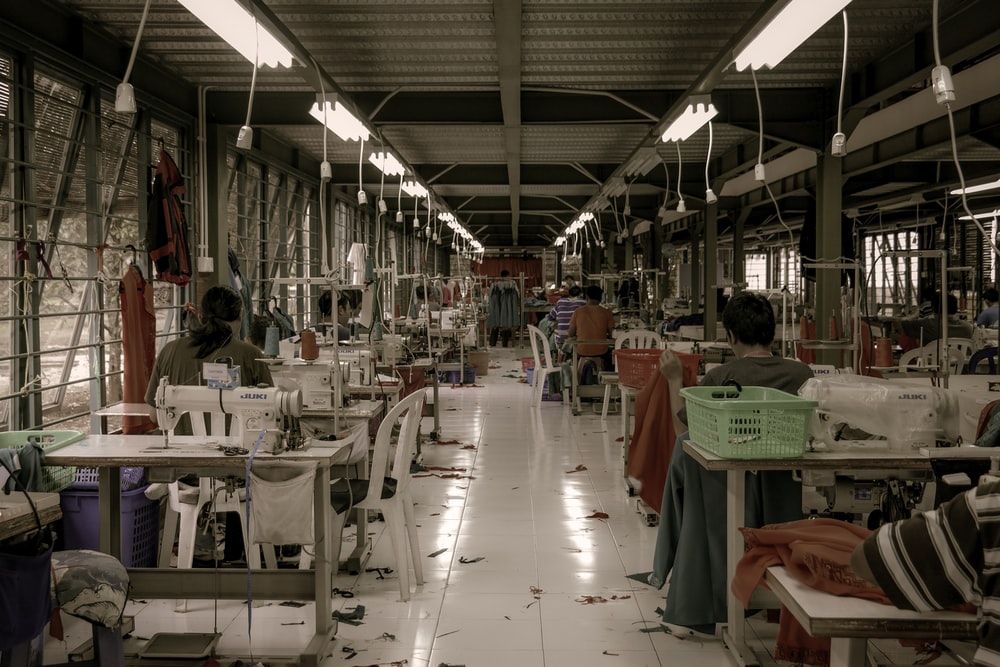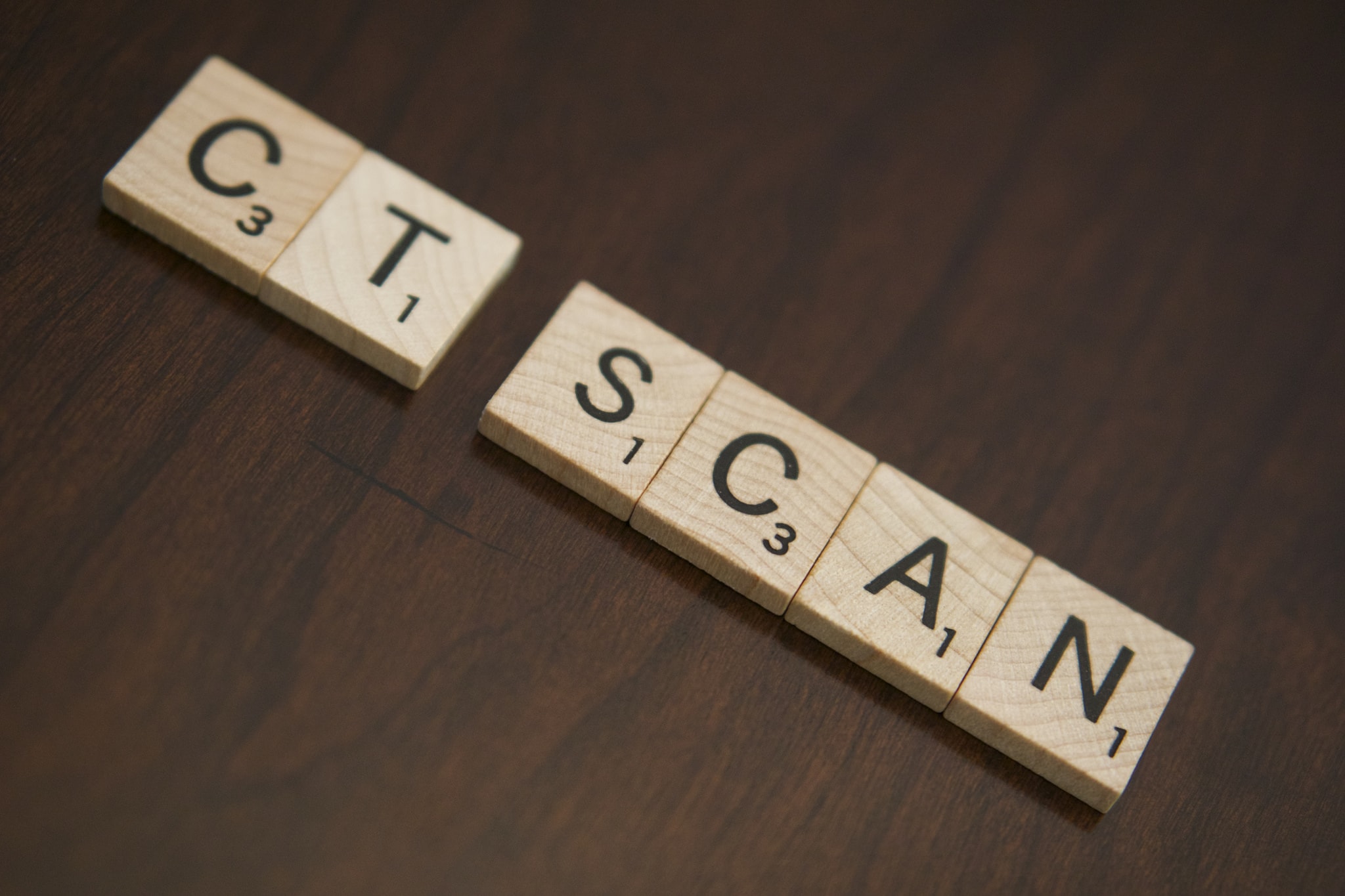In a cultural metropolis diverse and creative experiences are at your fingertips wherever you may preside. There are a plethora of options from movies, concerts, art museums, opera, dances, galleries, and exhibits. You can even find experiences that are interactive and allow the viewer to be the creator of a great piece. There are many things we take for granted among all of these experiences. One such luxury is the way we experience art. We see paintings, sculptures, and architecture, we create art with our hands, and listen to movies, music, and symphonies. This level of interaction is something so basic yet incredibly valuable in the way we see and gather information and move throughout society.
 According to WHO, there are 285 million people worldwide who are blind or visually impaired. This significant fraction of the population cannot observe a painting, sculpture, play or movie and so a majority don’t even visits museums anymore. Betsy Ludwig, the Executive Director of Arts Access, is attempting to change this by bringing audio description to people who are visually impaired.
According to WHO, there are 285 million people worldwide who are blind or visually impaired. This significant fraction of the population cannot observe a painting, sculpture, play or movie and so a majority don’t even visits museums anymore. Betsy Ludwig, the Executive Director of Arts Access, is attempting to change this by bringing audio description to people who are visually impaired.
In the photo (left): Art Center in Charlotte that creates employment for adults with disabilities in the arts
 In the photo: Arts Access workshop, teaching art teachers how to include kids with disabilities.
In the photo: Arts Access workshop, teaching art teachers how to include kids with disabilities.
Betsy describes audio description as, “a narration service for individuals who are blind or have low vision. The audio describer provides an ongoing dialogue of visual events that are taking place on the stage, screen, at the museum, on a television, at the movies or even public speaking events.” Arts Access was founded by volunteers in 1982 and is the oldest and largest providers of Audio Description Services. Betsy has been interested in social justice issues since high school.
“I liked talking to people and think I felt most successful, engaged, and interested when I was trying to implement change both in individuals and communities. My first job in the field was working with kids with emotional disabilities in a small mountain town of Western North Carolina. I used a lot of outdoor activities and arts involvement with the kids and I started to believe that recreation and the arts were a powerful tool for helping kids with challenges. This led to a graduate degree in Recreation Therapy and led to [a] focus on inclusion in the arts for people with disabilities.”
 In the Photo: Kids with Low Vision participating in an arts activity at the annual Beeping Egg Hunt on the campus of Gov. Morehead School for the Blind.
In the Photo: Kids with Low Vision participating in an arts activity at the annual Beeping Egg Hunt on the campus of Gov. Morehead School for the Blind.
Unless you yourself have a visual impairment it is very easy to overlook the luxury of visiting a museum or watching a movie, but equal arts access is truly important for everyone to acknowledge. Betsy points out that, “If you make things accessible to start with then everybody benefits. If you ensure something like curb cuts or a ramp into the building then a person with a wheelchair benefits but so does a mom with a stroller or a senior with a walker.”
Related articles: “THE ART OF UNIVERSAL GIVING“
“EONE THE BRADLEY TIMEPIECE“ “BEMYEYES – THE FOUNDER INTERVIEW”
Video Credit: Matheny School and Hospital
Since the Americans with Disabilities Act was passed in 1990 there has been incredible improvement for people with disabilities. Betsy stated, “It positively impacted housing, employment and community life for people with disabilities including services like American Sign Language and audio description. More people have adopted the social model of disability which basically says that people with disabilities do not need to change or be fixed but that society needs to adapt and accommodate. But, like many civil rights issues things are better but discrimination routinely happens.”
Regarding specific changes in the arts Betsy acknowledged, “more people with disabilities ask for accommodations to participate. More art organizations are aware of the law and work to include people of all abilities. The popular new approach is Universal Design, this started out in the School of Design at NC State University but has expanded past architecture into program design and education.” Although Betsy is doing great work there is still a lot of work to be done and progress to be made.
_ _














